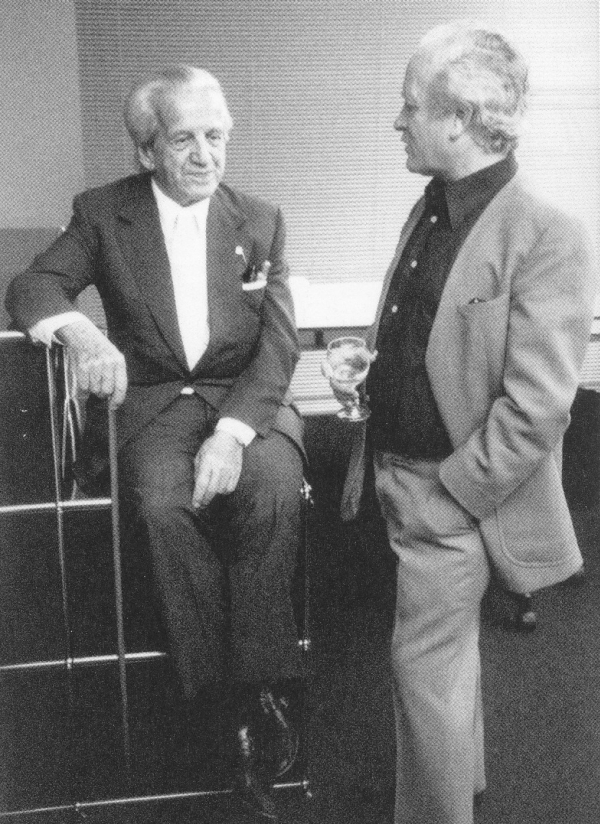In our 5 New Design Exhibitions for January 2015 post we noted with dismay, and an unmistakable hint of accusation, that System USM Haller appeared not to be included in the exhibition SYSTEM DESIGN. Über 100 Jahre Chaos im Alltag at the Museum für Angewandte Kunst Köln.
We were wrong.
Of course System USM Haller was included in the exhibition. Anything else would have been absurd.
And while the actual object on show is and was a less than ideal example of the genius of the system, the essay on Fritz Haller in the accompanying exhibition catalogue is a much more fitting tribute to Fritz Haller and his work.
Written by Professor Georg Vrachliotis from the Karlsruhe Institute of Technology the essay explains not only the background to the furniture system but much more explains how systems formed the central tenet of Fritz Haller's work, how Fritz Haller "radicalised" the understanding of the term "system" in context of architecture, how Fritz Haller developed software to allow him to further develop his systems and how ultimately, and as Georg told us in an earlier interview, "Fritz Haller’s intention was, as he puts it, to develop systems that are completely flexible."
The essay opens however with a delightful tale........
In 1973 the German architect Konrad Wachsmann wrote to his friend Fritz Haller to inform him that after a long search he had finally found a house in Los Angeles. "There will be no furniture in the house", Wachsmann informed Haller "except for tables and chairs and four of your low cabinets"
Four low, light grey cabinets which Wachsmann intended to use to store and house his "...8,000 slides, many films, numerous cameras, lenses and technical equipment. I also intend to install (ready for use at all times) three carousel projectors, one large glass plate projector, one 16mm sound projector, one single image projector, one super 8mm film projector and two tape recorders".
Thus just some four years after USM launched Fritz Haller's modular furniture system onto the market it had already evolved from simply being an office filing system into a concept that every user could personalise to meet their own requirements, and which thus elegantly fulfils System Design curator René Spitz's definition of a system as that with "which we bring order to chaos in that we connect things which for us belong together in such a way that it has a meaning for us"
For some those "things" are tax records. For some books. For some Toby Jugs. For Konrad Wachsmann it was an improbably large and extensive collection of audio-visual equipment.
Time was however of the essence, Wachsmann needing the units "immediately". On October 1st 1973, some two months after placing the order with Fritz Haller the units were delivered, or as Judith Wachsmann noted in a letter to Fritz Haller, "Hallelujah! The furniture has arrived! And it's beautiful!"
A response still elicited today. And ideally after a shorter wait.
""Hallelujah! The furniture has arrived! And it's beautiful!" Konrad Wachsmann, Fritz Haller, USM" by Georg Vrachliotis is published in "SYSTEM DESIGN. Über 100 Jahre Chaos im Alltag/Over 100 Years of Chaos in Everyday Life", edited by Petra Hesse & René Spitz.
